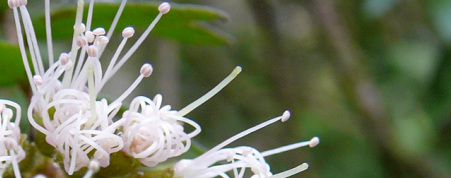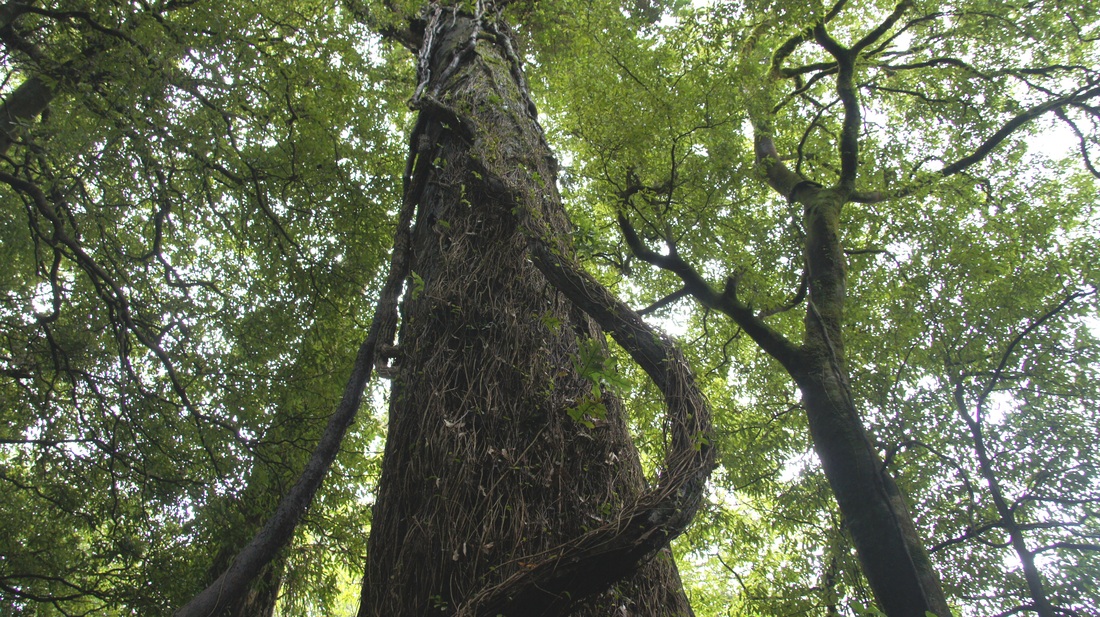You are most likely to find Metrosideros perforata, M. diffusa and M. fulgens while frolicking in the forest. Metrosideros carminea, M. colensoi and M. albiflora are less common.
My apologies now for the concious spelling mistake: rata should be rātā but I can't match fonts and it looks pretty bad so I'm just going to try and get away with it :) Also, I'm not an expert with these species so please feel free to add any tips or photos that will help to tell them apart!
Leaves
Bark
Flowers
| White flowers: M. colensoi M. diffusa M. perforata M. albiflora | Red flowers: M. fulgens M. carminea |
A quick note: if you've received this blog via email please visit the website: nzepiphytenetwork.org to see the images, they don't work in the automatic email feed sorry.



 RSS Feed
RSS Feed
